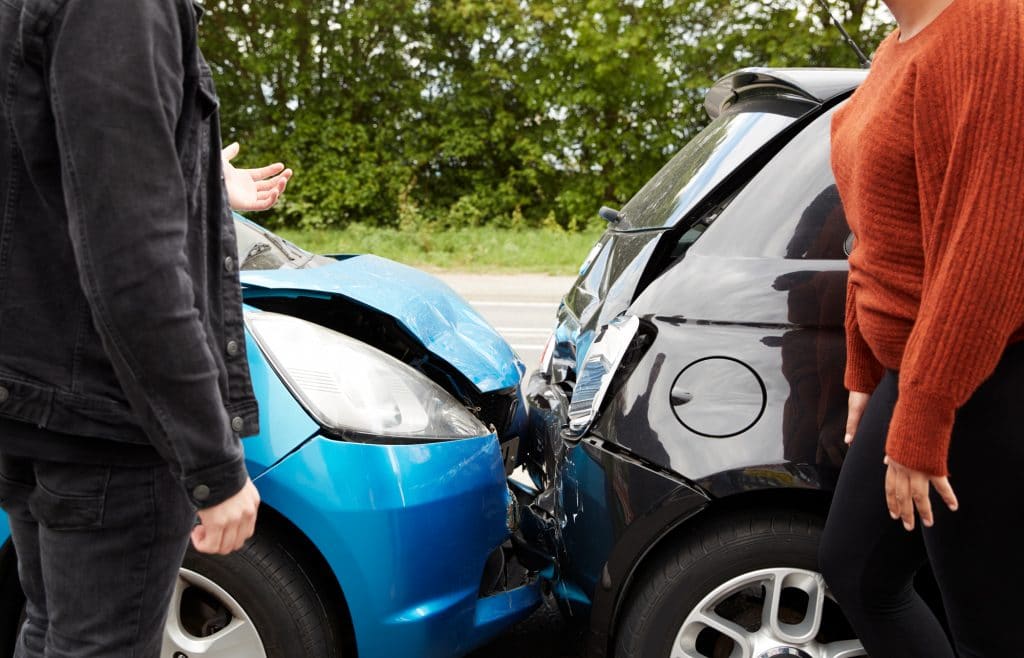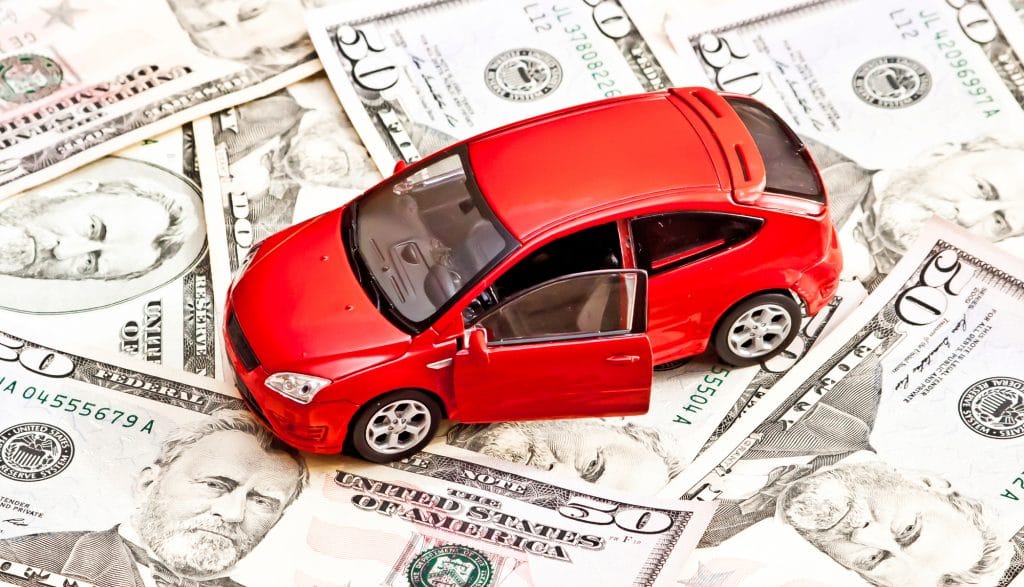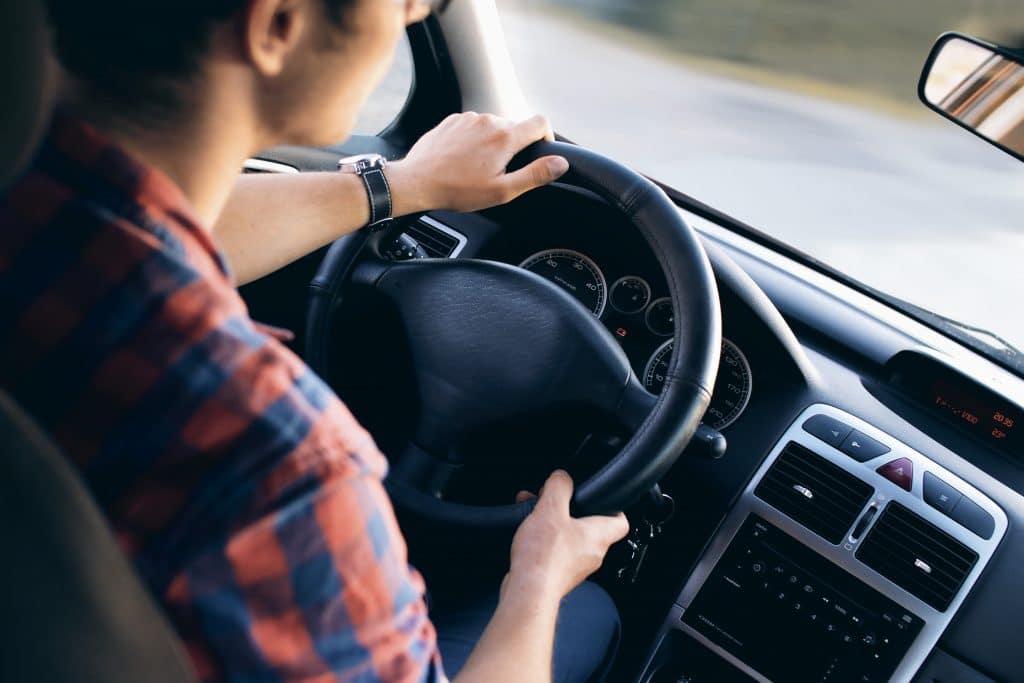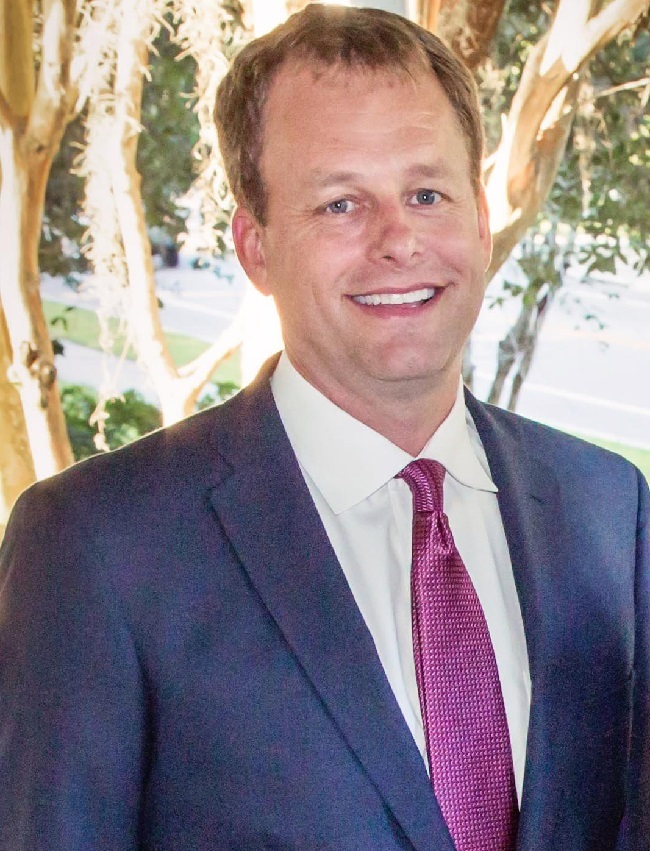Do You Need Uninsured Motorist Coverage?
Posted on: August 15, 2020Florida drivers, beware! There’s one crucial insurance policy you absolutely need.
Here’s why Uninsured Motorist coverage is the most important insurance policy you can have.
In an ideal world, every driver on the road would have adequate insurance coverage. Unfortunately, this isn’t always the case.
According to the Insurance Information Institute, Florida ranks #6 in the country for the number of underinsured motorists. And roughly 1 in 5 Floridians have no bodily injury coverage to reimburse any injuries they may cause you in a crash.
This means you have a 20% chance that the person who causes a crash will not have any insurance to cover your injuries and damages.
For this reason, every Florida driver should purchase the largest amount of Uninsured Motorist coverage that they can afford.
Why Are So Many Drivers Underinsured?
Why does Florida lead the nation in underinsured motorists? Unfortunately, Florida is one of only two states in the country that does not require mandatory bodily injury coverage. So, these individuals choose to obtain the legal bare minimum of insurance, leaving others to cover for their mistakes.

It is frustrating that Florida allows drivers on the road with no coverage, but that is a topic for another day.
Unfortunately, not only does Florida have an inordinate number of underinsured motorists, the state also has a number of individuals who have only $10,000 in bodily injury coverage.
Some insurance companies have estimated that 40% of Florida drivers have only $10,000 in bodily injury coverage or none at all. Therefore, you have a 4 in 10 chance that someone that causes injuries to you will have limited or no coverage.
Why PIP Isn’t Enough
If a crash occurs and medical treatment is needed, your Personal Injury Protection (PIP) insurance will pay up to $10,000 for medical treatment.
However, PIP payments only cover 80% of your bills. You are responsible for the remaining 20% balance. If you’re unlucky enough to be sent to the hospital after a crash, that 20% PIP balance can be thousands of dollars.
And once you’ve reached the $10,000 limit, you are either on your own to pay for the remaining medical bills or your health insurance will need to cover the treatment.
How Lawsuits Can Fall Short
When another person makes a mistake that results in your injuries, it can be tempting to forgo Uninsured Motorist coverage in favor of a lawsuit against the person responsible. Unfortunately, these cases don’t always result in a satisfactory outcome.

Without insurance, you have no option but to attempt to recover directly from the party responsible for the crash. However, odds are good that this individual has minimal to no assets that you can obtain to pay for your damages.
Without adequate cash, how can you expect to collect money to pay for your injuries and damages? You’re left with mounting medical bills (and possibly continued medical treatment in the future) without any recourse to recover for these expenses.
We have been retained in countless cases where the at-fault party’s insurance is minimal or non-existent, leaving us to explain the difficulties in achieving a fair result for our clients. We have been retained in cases where an individual has died, only to learn that the other driver does not have any insurance to cover the hospital bills or funeral expenses.
Suffice it to say, it is difficult to have a discussion with clients regarding the limited availability of insurance.
To best protect yourself from these issues, purchase Uninsured Motorist coverage.
What does Uninsured Motorist Insurance Cover?
This coverage will provide for payments for past medical expenses, future medical expenses, lost wages, loss of earning capacity, and pain and suffering damages.
Uninsured Motorist coverage doesn’t only cover the policyholder, it will be available to passengers in your vehicle as well. It will even provide coverage when you have been involved in a hit-and-run or “phantom motorist” situation, where you do not know who caused the crash and your injuries. If an injury occurs as a pedestrian or as a cyclist, your Uninsured Motorist coverage will still apply.

You can acquire uninsured motorist coverage by reaching out to your insurance agent or insurance company. In Florida, you are required to specifically reject the coverage, but many people do this without thinking, hoping only to lower their premium. More importantly, most insureds do not understand how vital this coverage is.
If possible, look into purchasing stacked uninsured coverage. This provides additional coverage for each vehicle you own. For example, if you have $25,000 in uninsured coverage and you have three vehicles, the total coverage will be $75,000. Again, discuss these coverages with your insurance agent.
We would also advise you to consult with the accident attorneys at Beers & Gordon or your own counsel before you file a claim. The industry is rife with contractual and insurance policy nuances that must be complied with to recover reimbursement.
If you settle the claim with the at-fault party’s insurer, but fail to meet the conditions precedent noted in the policy, you could likely be barred from receiving any additional compensation through the Uninsured Motorist coverage.
Thus, even though you paid for coverage, you may not be able to use it.
Conclusion
Insurance is all about minimizing risk and protecting yourself.
And while you can’t control how others drive or how much insurance they have, you do have a say in the type of coverage you purchase for yourself. Drive safely and don’t settle for the legal bare minimum policies.
With the mess on the Florida roads—and the legislature’s continued lack of insistence in requiring Floridians to have insurance—Uninsured Motorist coverage is the best way to protect yourself.







